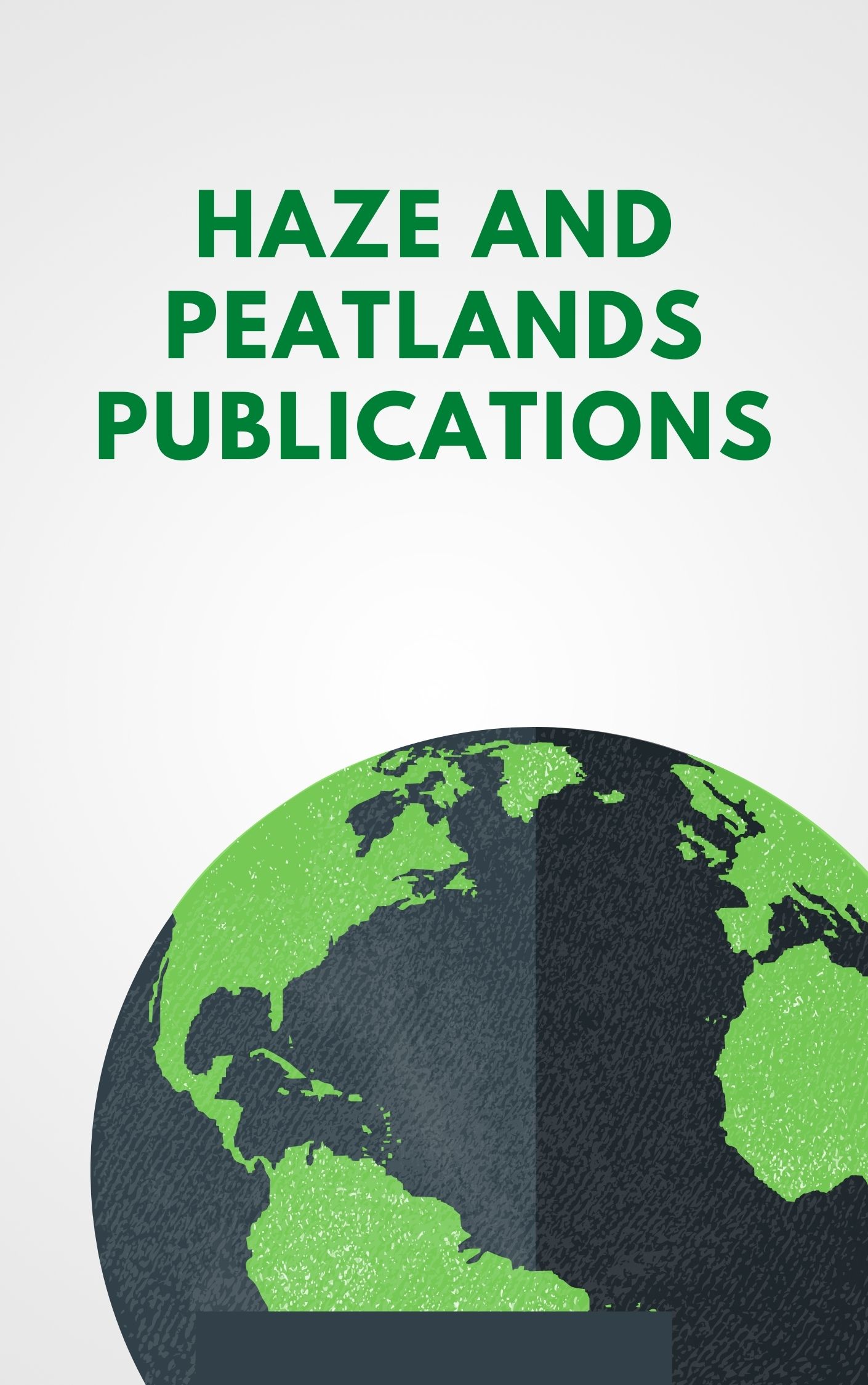Indonesia is the world’s third-largest emitter of greenhouse gases, primarily due to its timber and forest activities. Timber-related fires are common in Indonesian peat forests, resulting in a noxious haze that has been the cause of periodic economic and public health crises. In this article, the phenomenon of transboundary haze is examined in the light of path dependence, historical institutionalism and elite theory. An evaluation of Indonesia’s policy process with environmental legislation and enforcement, prospects for future policy development and discussion of the inability of Indonesia to deal effectively with haze and other environmental problems are addressed in the light of theory. The article concludes that the haze problem has historically been a microcosm of what is wrong with environmental policy in Indonesia, and that new incentive programmes like Reducing Emissions from Deforestation and Forest Degradation (REDD+) aside, no significant change from the historical path may be reasonably expected unless Indonesia can seek to end or at least reduce the influence of crony relationships on regulatory structures and administration, and implement an independent programme of its own with appropriate oversight and resources for addressing environmental degradation and enforcement of regulations. © 2014 National Institute of Urban Affairs (NIUA).
View source

